
Jonathan Ochshorn
© 2014 Jonathan Ochshorn.
Following is my summary and critique of the USGBC's LEED Building Design & Construction Reference Guide, v4. Commentary on the Reference Guide can be found in these red boxes, sometimes within each of the chapter links immediately above, but also in my summary and critique of the prior versions: Version 2.2 NC and Version 3.0.
LEED cites evidence that humans use resources, and generate waste, at a rate that would be only sustainable if the planet had 50% more capacity than it actually has. What are the "forces driving this situation"? According to LEED, a global capitalist economy — in which growth, accumulation, and profitability force corporate entities to damage human and environmental resources in order to compete and survive — has nothing to do with it. Rather, three "problems" are cited: the growth of population, the "linear use of resources, treating outputs as waste," and the forecast that populations in developing nations will eventually increase their standards of living.
The issues being faced are pollution ("toxins that are accumulating in the atmosphere, in water, and on the ground"), the depletion of finite resources, and climate change. Climate change is considered by LEED to be the biggest threat; energy, per se, is not even mentioned except as one of many finite resources threatened with depletion. Buildings "are associated with" 38% of CO2 emissions, and human survival is at stake.
U.S. buildings actually produce relatively little CO2, mainly by burning oil or gas for heating and hot water. The big generators of global warming gases are not buildings, but rather the coal-burning electric utilities. By including the CO2 emissions from electric power plants in the category of "buildings," LEED essentially lets the electric utilities off the hook — their contribution to global warming is barely mentioned in the reference guide. The reason for this is clear: LEED has no interest in threatening the infrastructural basis of corporate profitability by challenging the cheap supply of energy. In fact, LEED is not interested in any form of regional, national, or global planning that might actually address the questions it raises. Rather, it's ideology is consistent with that of the corporate entities it serves so well, providing as it does a branding tool to validate their "sustainable" and "green" efforts: according to LEED, one must tap into the corporate desire for profitability, and put into motion the miracle of "markets" to solve all problems, one building at a time. In spite of LEED's claim that the nonresidential (i.e., corporate) "green building portion of the construction market" has achieved a 35% market share in 2010, the planet continues to lurch closer and closer to some sort of disastrous climate crisis, global poverty persists, and most workers still "lead lives of quiet desperation." But as long as the LEED brand grows, these counter-indications won't dampen the spirits of the pragmatists in the USGBC (the U.S. Green Building Council is the not-for-profit organization that created the LEED rating system) or call into question their vision of a voluntary, consensus-based, market-driven program.
LEED makes its goals explicit:
The priority is to "reverse contribution to global climate change," and secondarily to...
Promote human health and well-being, not for society as a whole, but for "individuals" (whatever that means)
Protect water resources
Enhance biodiversity
Promote sustainable (regenerative) resource cycles
Build a "green" economy
Enhance "social equity, environmental justice, community health, and quality of life"
LEED fails to mention that it is unsuccessful in meeting any of its goals: climate change is not being reversed (Fig. 1), human health and well-being are denied for the overwhelming majority of the planet's population, who continue to live in grinding poverty (Fig. 2), water resources are increasingly threatened (Fig. 3), biodiversity is a cruel joke (Fig. 4), nonrenewable resources continue to be depleted (Fig. 5), a "green" economy has no meaning within a global capitalist system (Fig 6), and social equity and environmental justice are just the moral idealizations of a society that routinely damages its human and environmental resources.
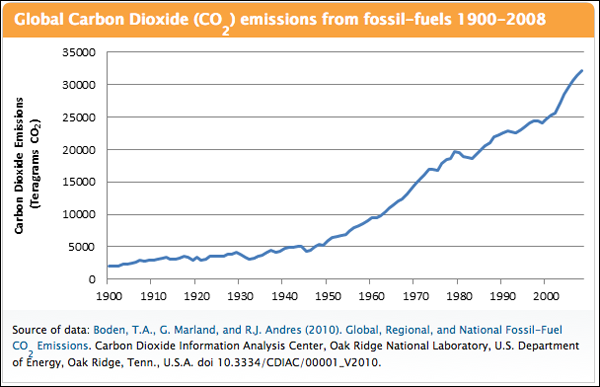
Fig. 1 Global CO2 emissions from fossil fuels still on the rise (source)
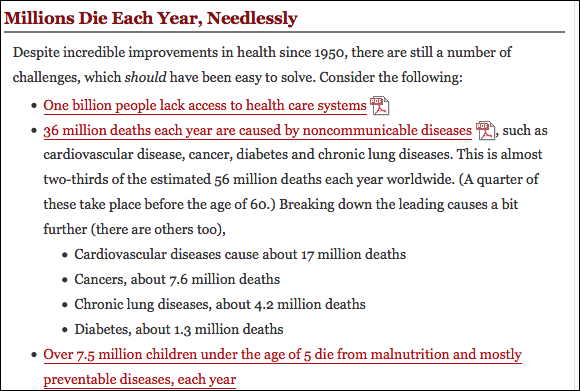
Fig. 2 Global health issues (source).
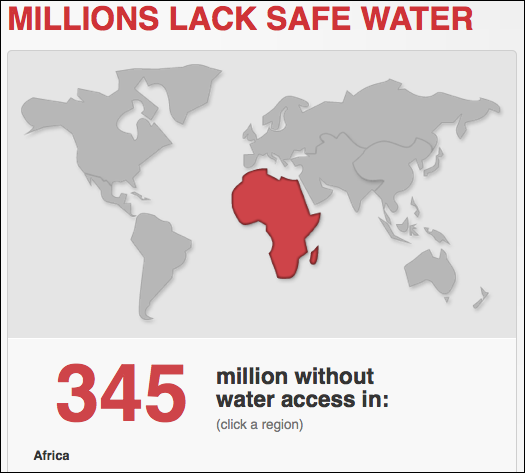
Fig. 3 Global water issues (source).
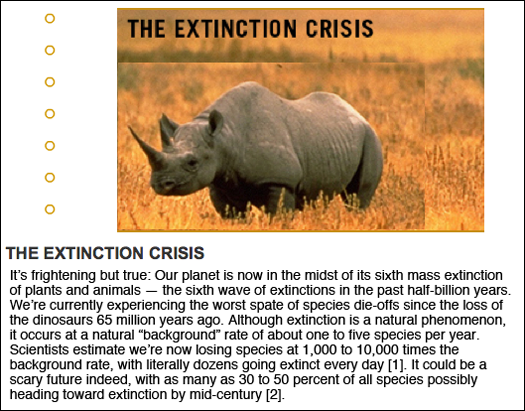
Fig. 4 Global biodiversity issues (source).
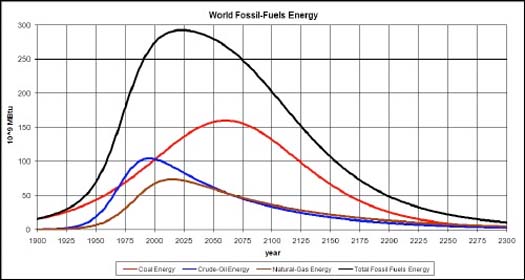
Fig. 5 Global resource (fossil fuel) depletion (source).
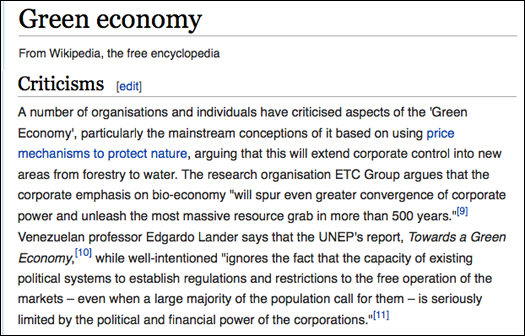
Fig. 6 Critique of the so-called "green economy" (source).
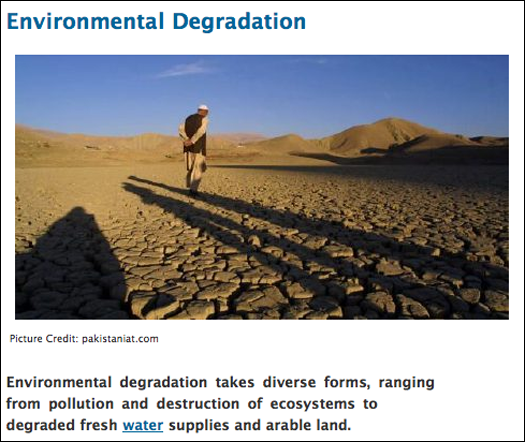
Fig. 7 Evidence of environmental degradation (source).
Buildings enter the LEED system by enrolling in the certification process, which is not free. All projects must meet "minimum program requirements," including the requirement to be an actual building on existing land (i.e., not on some "artificial land mass") and also a series of "prerequisites" listed under the various LEED "categories": location & transportation, sustainable sites, water efficiency, energy & atmosphere, materials & resources, and indoor environmental quality (actually, the newly created "location & transportation" category has no prerequisites). Then comes the search for points, achieved by satisfying selected credit requirements in these 6 chapters along with additional possible credits for "innovation" and "regional priorities." I haven't critiqued the latter two categories, since they add nothing conceptually new to the LEED system: "innovation" includes opportunities for genuine (but unspecified) innovation, along with added points for exceeding the requirements of certain credits in other categories; "regional priorities" basically just provide extra points for meeting the requirements of credits in other categories that are linked to your project's zip code (which presumably corresponds to relevant environmental conditions). Aside from the prerequisites, which must be satisfied, the choice of which credits to achieve is completely discretionary — no points are ever subtracted for not meeting a sustainable goal.
There is also a new free-standing "integrative process" credit for 1 point that is not in any particular category:
Intent: Encourage "high-performance, cost-effective project outcomes" by examining building systems (energy and water in particular) and their interrelationships.
Requirements: Find "synergies" by analyzing energy and water systems through a "discovery" and "implementation" methodology that begins in "pre-design" and continues throughout the design process.
For new construction, the following points are potentially available:
| Integrative process | 1 |
| Location & transportation | 16 |
| Sustainable sites | 10 |
| Water efficiency | 11 |
| Energy & atmosphere | 33 |
| Material & resources | 13 |
| Indoor environmental quality | 16 |
| Innovation (including LEED AP) | 6 |
| Regional priority | 4 |
| Total possible points: | 110 |
It can be seen that there are 100 points for ordinary credits (shown in the yellow fields), with an additional 10 points for "innovation" and "regional priorities" (shown in aqua). It is only necessary to get 40 of these 110 points to be certified by LEED; in other words, it is possible to not satisfy 64% of the credits that LEED promotes as useful metrics of "green" building and still be certified by LEED as a "green" building. As stated above, there is no penalty for not satisfying any of the credits — even for not satisfying entire categories of credits. As an example, one could achieve credits only in the Location & Transportation, Sustainable Sites, and Indoor Environmental Quality categories and still be validated as a "green" building by LEED — without achieving a single credit for water efficiency, energy & atmosphere, or materials & resources, arguably the most important "green" categories. Yes, one must satisfy prerequisites in most categories, but such prerequisites are often not that much more stringent than what one finds in building or energy codes.
To encourage building owners to go beyond mere certification, LEED provides an extra incentive in the form of Olympic-style medals for achieving 50, 60, or 80 points: one then gets, respectively, silver, gold, and platinum certification. It is therefore quite unusual to find a project with 49, 59, or 79 total points, since projects at the high end of a certification level will invariably find a way to buy a few more points in order to move to the bottom of the next (higher) level.
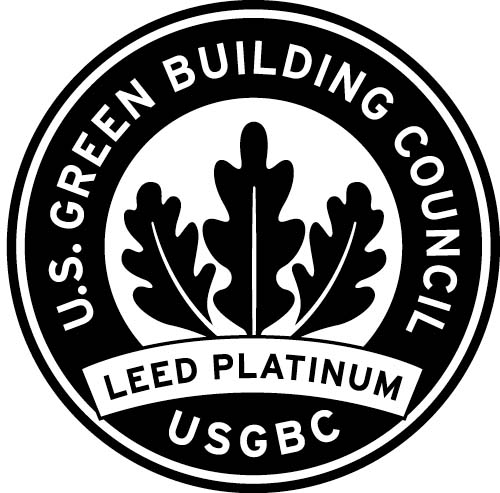
First posted 8 July 2014; last updated 8 July 2014